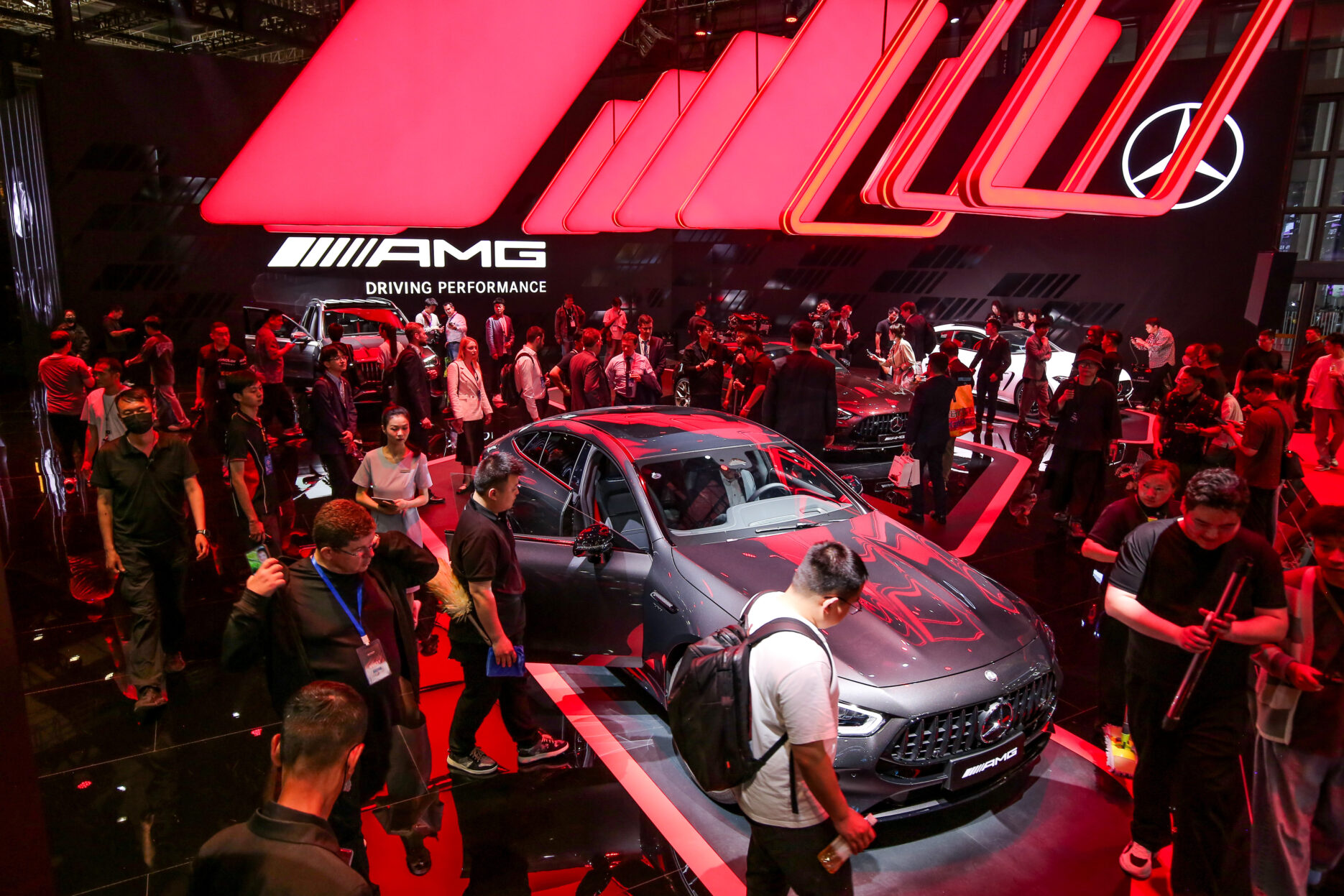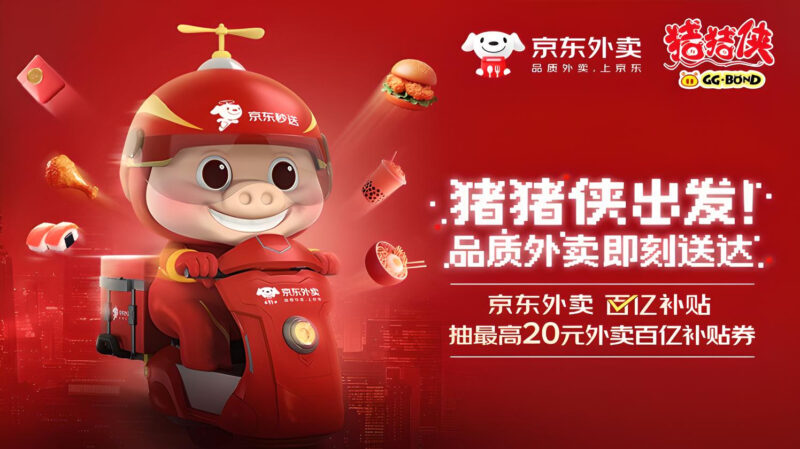Started in 1985, Auto Shanghai is one of the most closely watched auto expos in China. This year, we saw fewer influencers, more new releases, and Xiaomi CEO Lei Jun going viral with his hat giveaway. We also saw flying cars, amphibious engines, classic cars, concept cars and many EVs. But what are the most interesting and indicative trends this year in the automotive sector in China?
One of the most noticeable changes this year is the contrast between domestic and global makers. Chinese brands such as BYD, Geely and SAIC took up huge spaces at the expo and were the most popular during the event. Meanwhile, foreign makers and joint venture makers were a bit quiet, possibly because they were mostly still pushing fossil fuel vehicles. Luxury car brands like Lamborghini, Maserati and Rolls-Royce were all absent this year, along with other foreign brands such as Hyundai, KIA, Chevrolet and Jaguar Land Rover.
Some participants noticed that one of the hottest concepts until quite recently was the “smart driving” or “self-driving” EVs, which saw some change this year. Most automakers added the word “assistant” to their “smart” and “self-driving” features to avoid the perception of autonomous driving. This, of course, has much to do with the fatal accident in late March, involving the “smart driving” assistance from the Xiaomi SU7. Many car makers, including GAC Group, which has been working closely with Huawei for its smart systems, emphasised that safety is the most important part in smart vehicles.
Other observations around Auto Shanghai this year were an increase in foreign visitors and suppliers, and parts makers who are trying to leverage the EV boom in China. With pundits noting the “BBA” (Mercedes-Benz, BMW and Audi, traditional premium foreign brands that are big in China) are striking back this year with their innovations, all hope is not lost for global automakers in China, it seems.
Need to boost your China strategy? Dao Pro delivers bespoke insights on marketing, innovation, and digital trends, direct from Chinese sources. Find out more from our Dao Strategy Team here.









